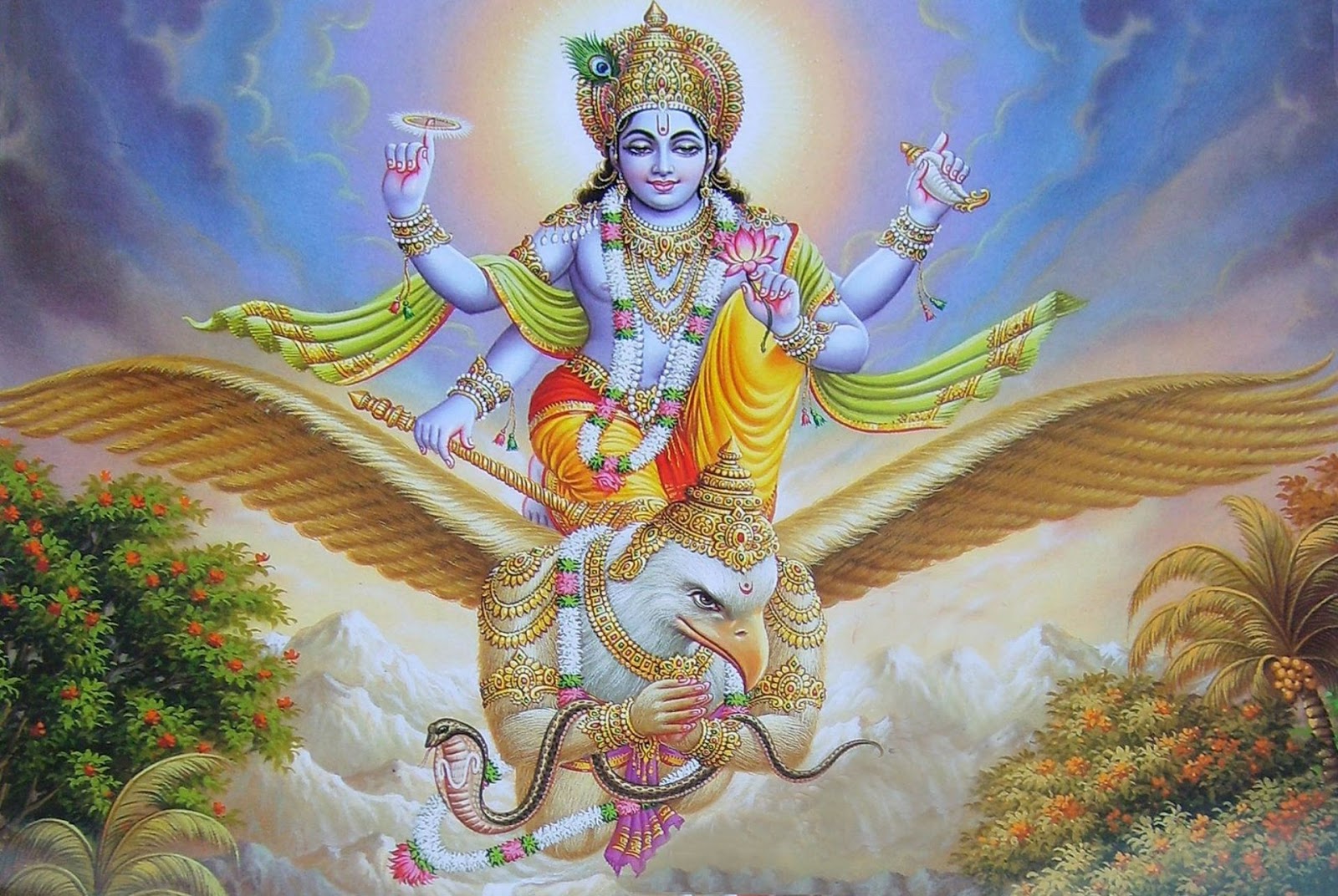The Glory of God : A Summary of the Srimad Bhagavata Mahapuranam : 2.9 - Swami Krishnananda.
--------------------------------------------
Tuesday, November 24, 2020. 02:53. PM.
Chapter 2: The Process of Creation-9.
-----------------------------------------
Zen considers everything as beautiful. When wesweep the floor, we are not doing a dirty act. It is a great art of perfection, neatness; and the broom is anobject of attention, not simply a thing about which we can be callous. If we wash a vessel, it is a great art of attention in which we are engaging. So is the case with every action, whether it is cooking, preparing tea or offering anything to a guest that comes—a great art, great perfection, great beauty, and great totality. Everything is wonderful; this is Zen’s conception of all things in the world. Even a leaf on a tree, even a twig hat is moving, all are beautiful. The twig is moving in the breeze, how beautiful! The leaf is moving, how beautiful! The sun is shining, how beautiful! The river is flowing, how beautiful! The mountain is standing, how beautiful! Why not say it is all beautiful, instead of saying it is all stupid? Zen does not accept that things are stupid.
-----------------------
Likewise, in the practice of sadhana there is no stupid thing in this world. Even our thoughts are not stupid; they have to be taken care of as our own children. We may have naughty children, but it does not matter, because they are our children. All children, even of the same parents, are different—one can totally differ from another in many respects—yet, they are to be taken care of as a single total in the family unit. In a similar manner are the ways in which we have to conduct ourselves in relation to the world. A little attention is to be paid to every thought that comes to the mind. Manana is only this much. If a thought comes, adore it, worship it. “My dear child, what do you want?” Why has this ought come to you? Give it what it wants; it will stop crying, and will go. But if you tell the thought, “Go, you idiot! I don’t want you,” it will come back yelling with greater force. Therefore, no thought should be brushed aside as unwanted, because it is our child. It has come through our brain, and we are throwing it away. It arises because of a necessity. It will not come unnecessarily. We should understand that necessity by paying careful psychoanalytical attention to it. All thoughts are our thoughts, not somebody else’s, so we cannot reject them unless we reject a part of ourselves, which cannot be done. Yoga is not a rejection of any particular, but an inclusion of all things in a total whole, with a beautiful vision of all their existences, just as in Zen. That is sadhana. The Bhagavata Mahapurana is a total beauty, and not an admixture of tiny pieces thrown together higgledy-piggledy. The Srimad Bhagavata says that it is the complete structure of the body of Bhagavan Sri krishna. We cannot say that the body of Sri Krishna is made up of useless little parts. It is all living radiance amalgamated into a total whole of perfection and wondrous light that was Sri Krishna’s body, and that is embedded into the Srimad Bhagavata by the thought of the samadhi of Vyasa Bhagavan. So, the sadhana of the Srimad Bhagavata is a divinity operating within us in terms of the divinity that is pervading everywhere. We may say that sadhana is God within us seeking God without, or we may saythat it is God within us seeking God Who is everywhere. For that, we must be conscious of everything that is happening anywhere as being part and parcel of our relationship with the fraternity of humankind—not only humankind, but of all species and all levels of creation: Bhuloka, Bhuvarloka,Svarloka, Maharloka, Janaloka, Tapoloka, Satyaloka. At one stroke we assert our citizenship of all the levels of creation, and the gods become our friends. The denizens are ruled by divinities, and these divinities who are protecting the very quarters of creation will protect us, says the great scripture. We are not friendless and helpless in this world. The quarters of heaven, the very horizon dominated by a god, is ready to help us.
----------------------
So goes the variety in this description of the story of creation. It is not merely a tale that is told to us for our cajolement, but a great meaning introduced into our practical life. We shall see this in the lives of some of the great saints depicted in the Srimad Bhagavata, such as the stories of Jada Bharata, Dhruva, Prahlada and others—and, finally, the life of Bhagavan Sri Krishna himself, with which the Srimad Bhagavata consummates.
-----------------------
End
Next - Discourse 3. KAPILA’S INSTRUCTIONS TO DEVAHUTI
To be continued ...
====================================================




Comments
Post a Comment